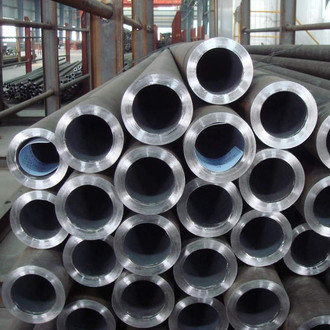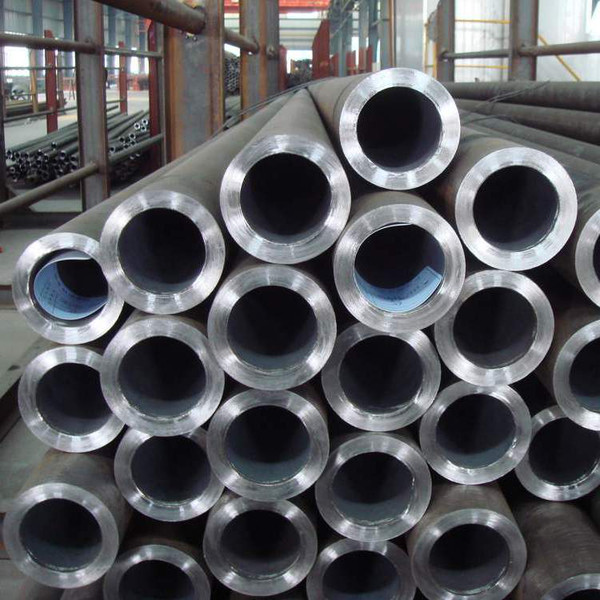Catalog
-
Catalog
- Agriculture
- Apparel
- Automobiles & Motorcycles
- Beauty & Personal Care
- Business Services
- Chemicals
- Construction & Real Estate
- Consumer Electronics
- Electrical Equipment & Supplies
- Electronic Components & Supplies
- Energy
- Environment
- Excess Inventory
- Fashion Accessories
- Food & Beverage
- Furniture
- Gifts & Crafts
- Hardware
- Health & Medical
- Home & Garden
- Home Appliances
- Lights & Lighting
- Luggage, Bags & Cases
- Machinery, Hardware & Tools
- Measurement & Analysis Instruments
- Mechanical Parts & Fabrication Services
- Minerals & Metallurgy
- Office & School Supplies
- Packaging & Printing
- Rubber & Plastics
- Security & Protection
- Service Equipment
- Shoes & Accessories
- Sports & Entertainment
- Telecommunications
- Textiles & Leather Products
- Timepieces, Jewelry, Eyewear
- Tools
- Toys & Hobbies
- Transportation
Filters
Search
Basic Information
Seamless pipe is produced according to the following standards:
for General-purpose pipelines according to EN 10216-1 (steel grade P235TR2 P265TR2 and) and according to DIN 2448/1629 (steel grade St37.0, St44.0, St52.0);
according to EN 10210 structural (steel grade S235JRH, S355J2H);
boiler according to EN 10216-2 (steel grade P235GH TC1 and ME2, and ME2 TC1 P265GH, 16Mo3, 13CrMo4-5, 10CrMo9-10) and DIN 17175 (St35 steel grades.8 I° i III°, St45.8 I° i III°, 15Mo3, 13CrMo44, 10CrMo910);
cold drawn General purpose according to EN 10216-1 (steel grade P235TR1, P235TR2) and DIN 1629 (steel grade St37.0, St44.0, St52.0);
precision according to EN 10305-1 (steel grades E235, E355) DIN 2391 (steel grade St35, St45, St52).
Seamless is used in many industries and in construction, and for the transportation of various liquid or gaseous media and to increase the rigidity of structures and buildings. The most common field of application is the installation of seamless pipes as basic units for water and gas supply mains, in which working environments are transported under pressure. Use in such cases of seamless pipes due to the fact that they, compared to welded, can withstand much larger pressures and sudden changes in temperature. They can be used in boiler plants. The greatest spread these products got in car production, shipbuilding, and the manufacture of cryogenic equipment. In other words, a seamless pipe is needed, where the strength calculations show that the use of welded pipes is impossible. Seamless pipe have high wear resistance and reliability even in the most intense and severe conditions.
-
Payment Methods
We accept:












